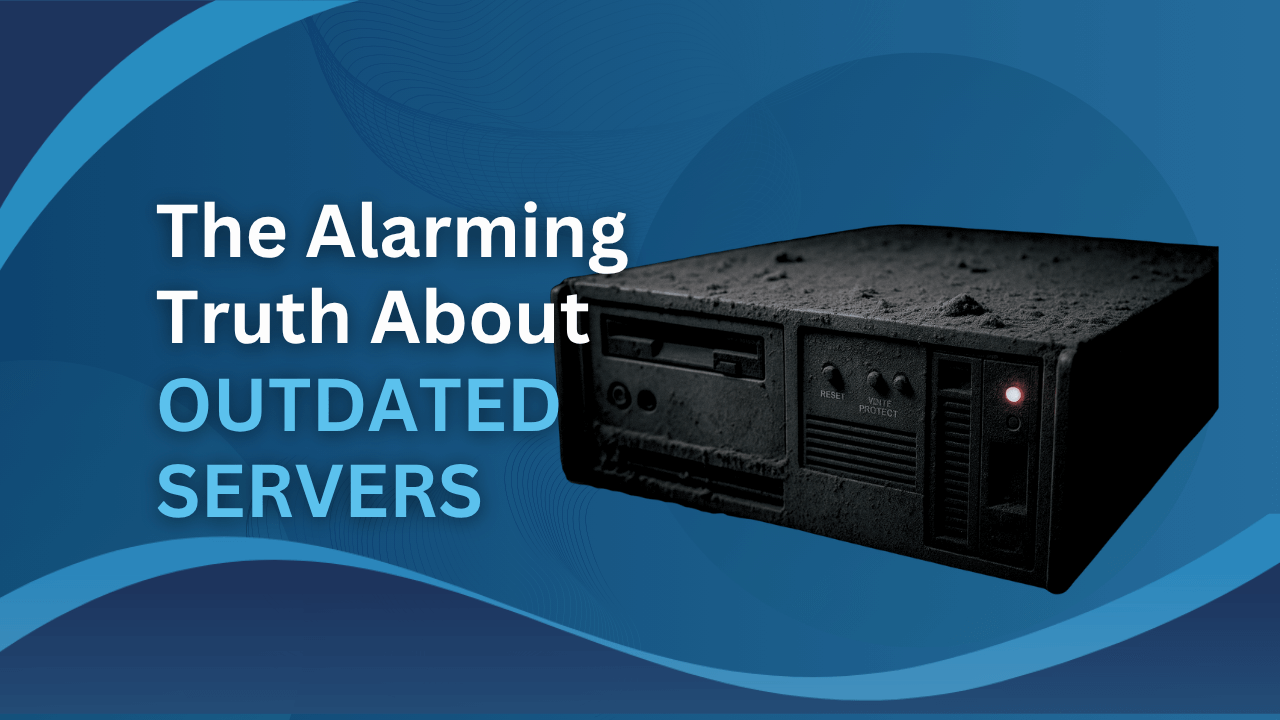It helps small businesses keep track of contract due dates, hard drive space, software installations, printer supplies, and just about anything else that relates to a network. This not only helps businesses stay on top of potential problems, but it also allows them to address these issues as quickly as possible. Are you having trouble monitoring the IT of your small business? If so, then follow these top 5 tips:
1. Review IT Goals
When it comes to successfully monitoring the IT of your business, it is imperative that you review your goals and business needs. Usually, small businesses choose to install a third-party IT monitoring application, but for the best results you should hire an IT company to deploy a network monitoring solution particularly tailored to the needs of your business. Once deployed, the IT monitoring solution will alert you when the toner gets low, devices lose connectivity, disks are removed or added, or when the disk space is low, allowing you to immediately address these problems.
2. Select the Right IT Monitoring System
Small-to-medium sized networks usually require a single IT monitoring system in a central location. Depending on the size of your network, however, this may vary. For this reason, once you have selected the right IT monitoring solution, make sure to install it on more than one server. This works incredibly well for those businesses that have a network distributed across multiple sites. But, don’t forget to decide who will have access to each part of the IT system and will determine its appropriate access permissions.
3. Replace all Old IT Equipment with New Ones
In order to enhance the efficiency of the IT monitoring system, small businesses are required to replace decaying, ageing, and downright broken IT equipment with new components. This is mainly because old equipment can cause downtime across the board and unexpected outages, hence hindering the performance of your IT. Of course, you might resist by looking at the cost of replacements, but it would be unwise not to do so.
4. Underpin it All – Monitoring All Your Key Assets
Once your IT monitoring system has been setup, it is imperative that you underpin all important assets to ensure the healthy and proper functioning of business processes. This may include monitoring individual stations, hardware and supplies, system software, web traffic, Windows services and even antivirus software. Keep in mind that prioritising the most vital areas of your IT network with the biggest pain points can go a long way in ensuring better stability.
5. Support and Training Employees
In order to ensure the IT monitoring system works well with employees, you must give them training regarding how the solution will work. Clearly define all rules and regulations that apply and employ staff capable of fulfilling more than one role in the IT department.
So, if you are facing trouble monitoring your network, then follow these IT monitoring tips mentioned above.



